Hawthorn- Guardian of the EarthHawthorn Crataegus monogyna (common hawthorn) Crataegus laevigata (midland hawthorn) Droiheann (old English) Hagaporn ( Anglo-Saxon) Huath ( ogham ) Huath is Whitethorn. A meet of hounds is White thorn, it is formidable owing to its thorns. Pack of wolves. A difficult night, Hawthorn. Whitening of face. Book of Ballymote 1391 There are two types of Hawthorn known in this country. The first is common and widespread, the second (known as Midland or simply woodland Hawthorn) is restricted to the South and East and is an ancient woodland indicator, an uncommon sight. The latter has a bushy habit and shallowly lobed leaves, able to flower in the shade. This distinction was first made in France in 1790. Hawthorn, especially since the 1500s, has been an important underwood species grown for fuel and its bark used for ink. Before barbed wire hawthorn was our main fencing, and early forestry writers recommend hawthorn as a nurse tree when sowing a new plantation. However the tree can colonise chalk downland too effectively becoming a permanent habitat thus threatening the delicate balance of our Downs. This is known as being ‘bushed over’. However the hawthorn is generally welcome, tolerating shade and grazing effectively (although new growth takes three weeks for the thorns to harden up and protect the plant from mammals like deer). The tree supports many insects, birds and mammals providing cover, nectar and fruit. The Hawthorn has two sides to it. On one hand it is a healer of the heart, a tree of protection and supporter of life. A guardian of sacred wells (to which cloth is tied to), a love charm, helping cattle thrive and friendly to travellers as well as a food source for them, which is why it is known as the bread and cheese tree. This is the blossoming spring tree dedicated to the maiden goddes such as Olwen of the White Track. However as a tree that protects and harbours the elementals it can also have a sinister side to its nature. Stories of people trying to fell certain Hawthorn trees normally ends in tragedy, maybe the most famous being bulldozed by John DeLorean in Ireland. This is the winter thorn standing in the thicket as a speared warrior dedicated to the powerful archetypal earth god such as Yspaddeden Pencawr which means giant hawthorn. Huath, its Ogham name, means frightful or horrible, reminding us of the inevitable backlash our actions can bring. It is said in the old stories devastating satire was pronounced whilst holding the thorn of the tree. Maybe this is why there is a custom of adorning and worshipping Hawthorn known as ‘bawming the thorn’. Hawthorn wood is hard wearing making it ideal for knife/dagger handles. Its root wood is also used to make beautiful small boxes and combs. It is also good firewood. As a herb its berries, leaves and flowers are great for heart problems, especially high blood pressure as well as being good for insomnia and helping one relax. Please do not use if you have low blood pressure unless prescribed by a qualified herbalist. If you have any medical conditions please check with a medical herbalist first before taking any plant and only harvest it if you are 100% sure what it is! You may wish to join us for our Woodland Bard Evening on 16th May@6pm to explore the hawthorn and her mysteries.
2 Comments
Rosebay willowherb Great willowherb Elephant hawk moth Rosebay Willowherb (Epilobium angustifolium).
On the breeze my fluff is blown; So my airy seeds are sown. Where the earth is burnt and sad, I will come to make it glad. All forlorn and ruined places, All neglected open spaces, I can cover- only think- With a mass of rosy pink. Burst then, seed-pods; breezes, blow! Far and wide my seeds shall go! Cicely Mary Barker 1925 Rosebay willowherb is the only species that is generally safe to use for food and medicinal uses. As a herb it is used dried for whooping cough and asthma. As a food plant the young shoots can be steamed and peeled and its pith is used to thicken soups. The leaves can be used as a garnish or dried for a tea. This plant became well known during the war as it brightened up London bomb sites that it effectively colonised in World War Two. Hoverflies, bees and the caterpillars of the elephant hawk moth are supported by this plant. The Great Willowherb (E.hirsutum) has a local name of ‘codlins and cream.’ Some say codlin means cooking apples due to the smell of the plant undetectable by most people or maybe it refers to the seed capsule known as ‘Codde’. Hirsutum means hairy which the plant is and ‘Willowherb’ refers to its slender stems and leaves. To learn more subscribe to our Tree and plant lore Newsletter HERE |
Details
Poetry of flowersJoin me to explore the flora of the British Isles on this blog. My intention is to attempt to capture the unique quality and beauty of each species of flower, tree or shrub. For every species featured I will be growing many more wildflowers to celebrate the joy of their existence, their intrinsic conservation value and bewildering array of uses. For nearly 30 years I have noted, studied and explored wildflowers in the field much to the patience of the walker beside me. To share this passion is a heartfelt plea to respect, preserve and care for all British Wildflowers no matter how common they seem. Archives
February 2024
Categories |

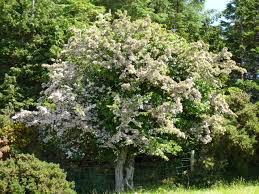
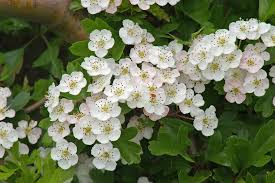
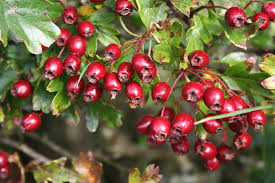
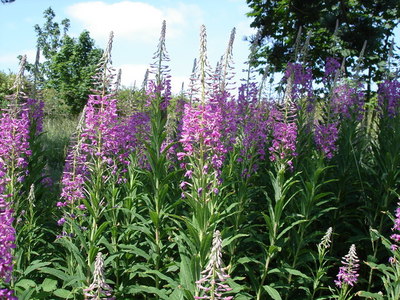
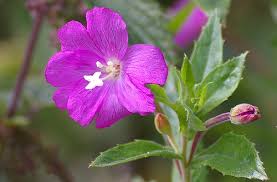
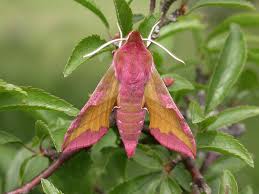
 RSS Feed
RSS Feed
